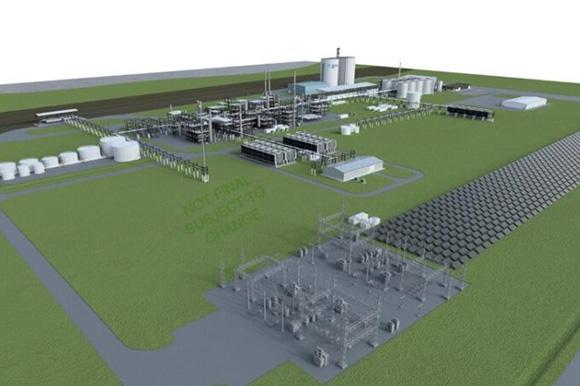
DOE clears two sustainability projects
Two projects that could help boost the production of SAF in the US have been cleared to enter loan guarantee and grant negotiations with the US Department of Energy (DOE)—Colorado-based renewable chemicals and advanced biofuels company Gevo’s Net-Zero 1 ethanol-to-jet project; and carbon capture, utilization and sequestration startup 1PointFive’s development of its South Texas Direct Air Capture (DAC) Hub.
Gevo’s Net-Zero 1 ethanol-to-jet project will begin the due diligence and term sheet negotiation phase for a $950 million loan guarantee, and 1PointFive’s DAC Hub, to be located on the King Ranch in Klebert County, has the potential to remove and store in saline formations up to 30 million metric tons of CO2 per year. United Airlines is an investor in 1PointFive.
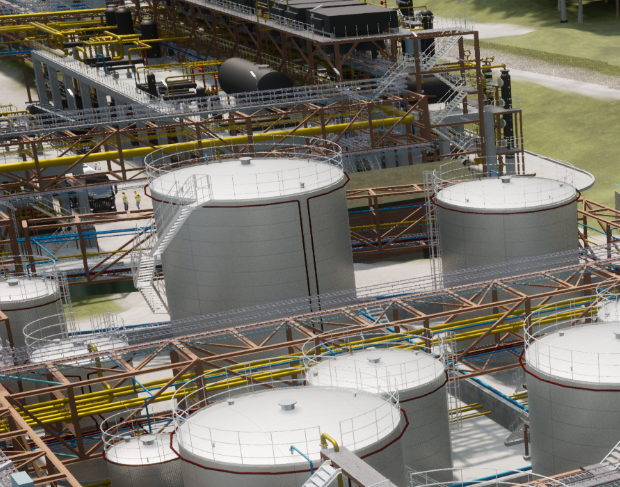
Swedish Biofuels advances SAF project
Standards development body ASTM International (American Society for Testing and Materials) is expected to approve alcohol-to-jet synthetic paraffinic kerosene with aromatics (ATJ-SKA) for use in aircraft engines in blends up to 50% once the specification is published as Annex 8 to ASTM D7566, the overall standard for SAF.
The eighth feedstock-to-fuel SAF pathway to be approved for use in aircraft, the specification for ATJ-SKA is expected to be published by ASTM in this quarter. Swedish Biofuels has an alliance with engineering company KBR to offer its ATJ-SKA technology, called PureSAF, to fuel producers.
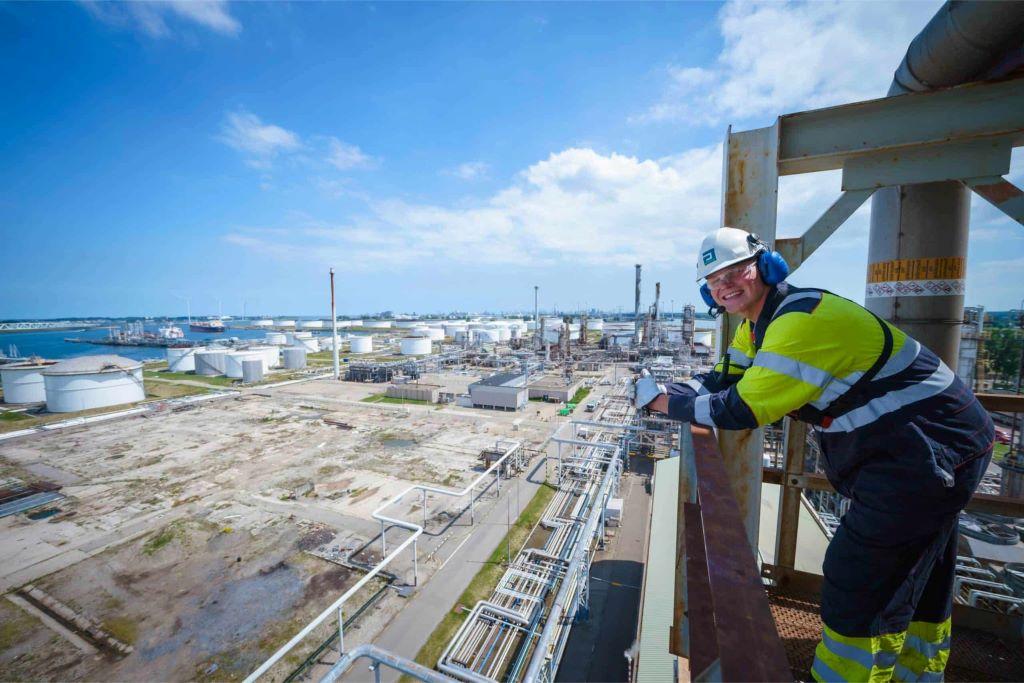
Varo Energy to invest in European SAF plant
Switzerland-based Varo Energy plans to invest $600 million in construction of a large-scale sustainable aviation fuel (SAF) production facility in Rotterdam, the Netherlands. Planned to begin production in late 2026, the plant will have the capacity to produce 245,000 metric tons (80.9 million gal.) of SAF per year.
At full capacity, Varo says, the new plant at the Gunvor Energy Rotterdam site could provide up to 7% of the fuel required to meet the EU’s mandated target for SAF to account for 5% of jet fuel consumption by 2030. The plant will produce HEFA SAF from 350,000 metric tons per year of waste fats, oils and greases.
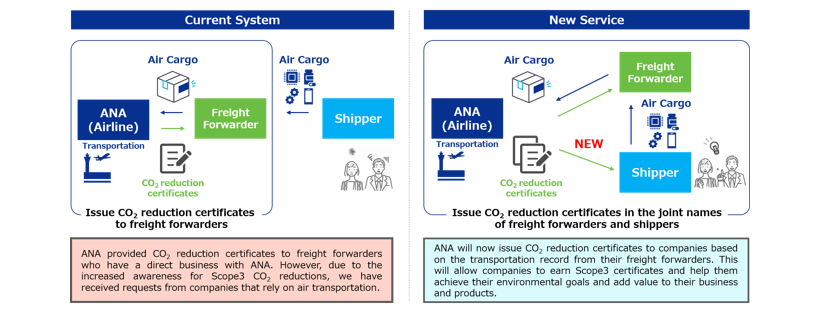
ANA expands SAF Flight Initiative services
All Nippon Airways (ANA) is launching a new service in its SAF Flight Initiative, a program dedicated to reducing CO2 emission levels through the use of SAF. Through the new service, ANA will extend the SAF Flight Initiative offering to companies that use air cargo to transport and deliver products, and provide a solution to visualize and reduce indirect CO2 emissions. The new service includes ANA issuing CO2 reduction certificates to companies based on the transportation record from their freight forwarders. This will allow companies to earn Scope3 certificates and help them achieve their environmental goals and add value to their business and products.
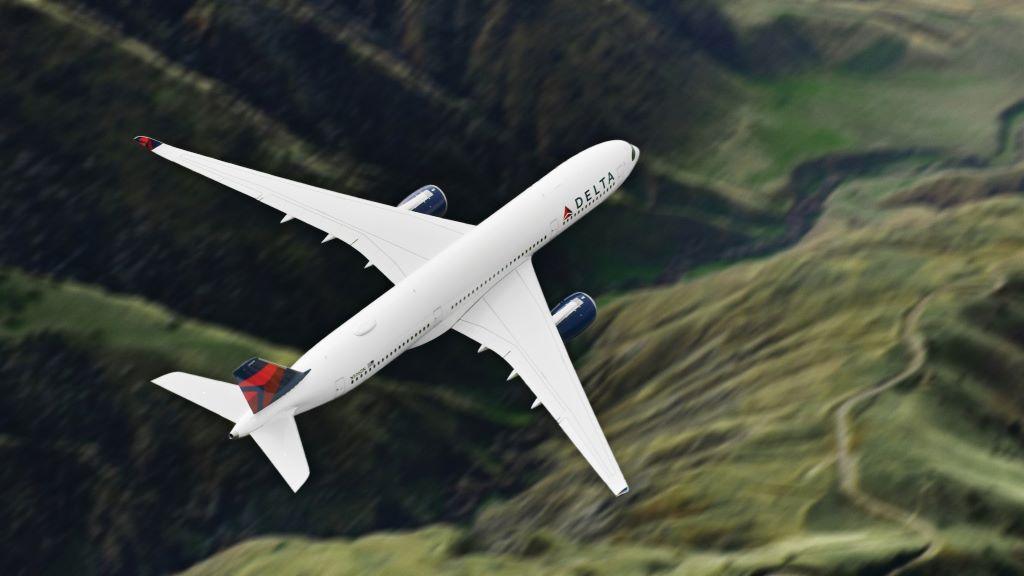
New MSP coalition forms to meet SAF demand
A Minnesota coalition has formed to meet SAF demands of Minneapolis-St. Paul International Airport (MSP). The first-of-its-kind coalition includes Delta Air Lines, water treatment company Ecolab, power utility Xcel Energy and Bank of America. Leading the coalition, regional economic development agency Greater MSP Partnership says the Minnesota SAF Hub is the first in the US to involve collaboration across an integrated value chain, from feedstock sourcing and processing to fuel production and its use at MSP, in a multi-phase approach to scaling SAF availability.

IAG, Microsoft co-fund SAF purchase agreement
International Airlines Group (IAG) and Microsoft signed the largest co-funded purchase agreement for SAF emissions reductions globally, where both parties are funding part of the cost of the supply. Microsoft will co-fund 14,700 tonnes of IAG’s SAF purchasing in 2023, enough to fully fuel approximately 300 British Airways Boeing 787 flights between London and Seattle. This agreement will enable Microsoft to reduce its Scope 3* emissions and make progress toward its goal of being carbon negative by 2030.
SAF produced from used cooking oil and food waste (which will be certified by International Sustainability & Carbon Certification (ISCC)) will be supplied to IAG airlines (British Airways, Aer Lingus, Iberia and Vueling) operating from London’s Heathrow and Gatwick airports during 2023.
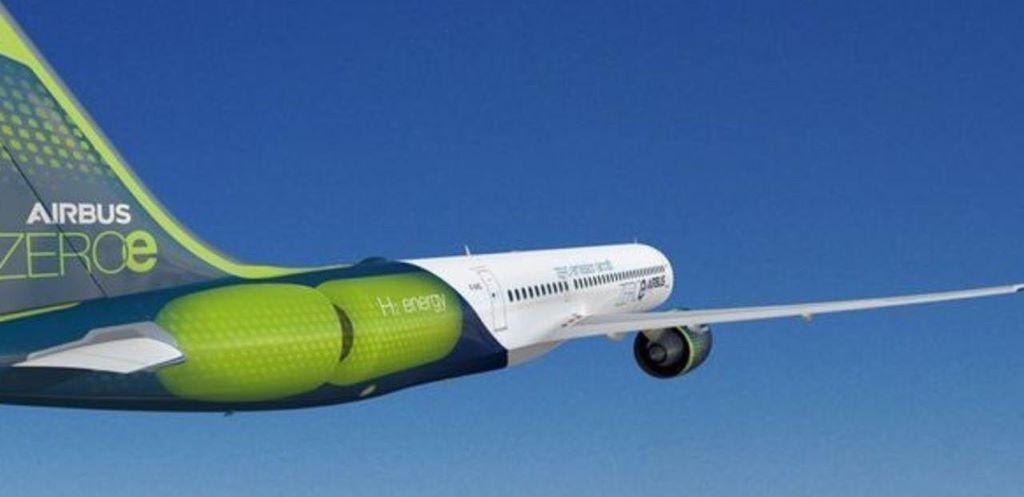
Hydrogen in Aviation alliance to accelerate zero carbon delivery
A group of companies in the UK aviation and renewable energy sectors—including UK LCC easyJet, Rolls-Royce, Airbus, Ørsted, GKN Aerospace and Bristol Airport—have established the Hydrogen in Aviation (HIA) alliance to accelerate the delivery of zero carbon aviation. HIA said it will work to ensure the UK capitalizes on the huge opportunity hydrogen presents to both the aviation industry and country as a whole.
While there are various options for decarbonizing the aviation sector, including SAF, synthetic fuels or batteries, HIA believes that more attention should be paid to the potential of the direct use of hydrogen.
Launching the alliance in London, easyJet CEO Johan Lundgren said the members were unaware of any similar grouping elsewhere in the world. “We want to be that forum that engages with governments—and opposition parties, for that matter—and says, ‘Look, these are the milestones that need to happen for this to become a reality,’” Lundgren said. Opposition parties will need to be involved, as the length of time needed to bring hydrogen online in the necessary quantities will span the lifetimes of several administrations.
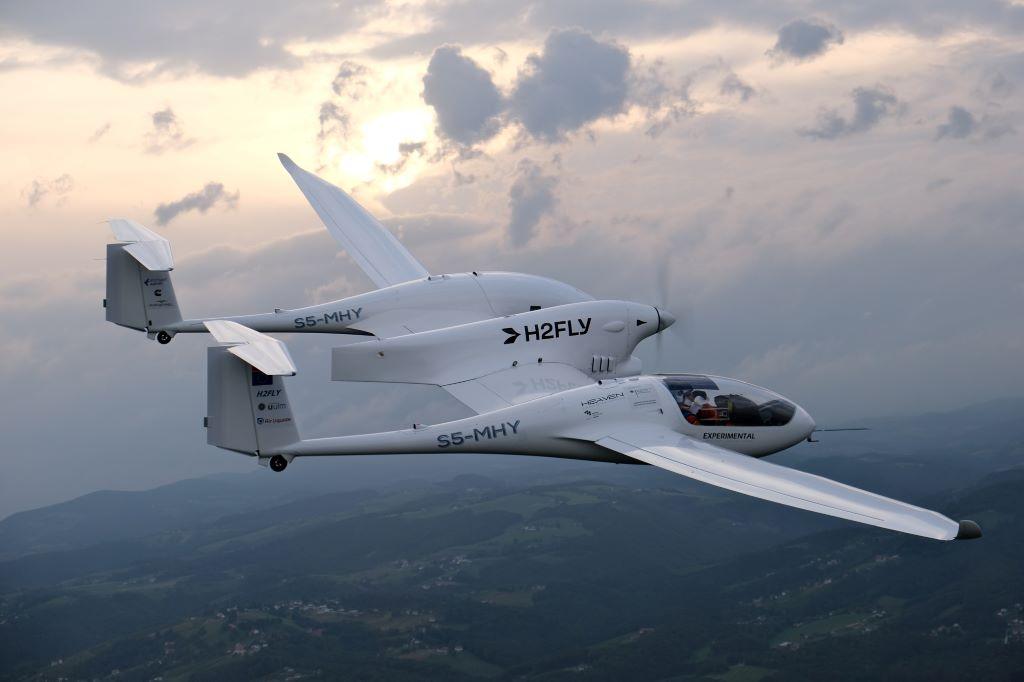
H2Fly completes first flight of HY4 demonstrator
Germany’s H2Fly has completed the first flights of a hydrogen-electric aircraft using cryogenic liquid-hydrogen storage. The piloted HY4 demonstrator performed four flights from Maribor, Spain, including one lasting more than 3 hr.
Powered by a fuel-cell propulsion system, the HY4 previously was flown using pressurized gaseous-hydrogen storage. Results of the latest flights indicate using liquid hydrogen (LH2) will double the HY4’s maximum range to 1,500 km (930 mi.).
“This achievement marks a watershed moment in the use of hydrogen to power aircraft,” H2Fly co-founder Josef Kallo says. “We have demonstrated the viability of liquid hydrogen to support medium- and long-range emission-free flight.”
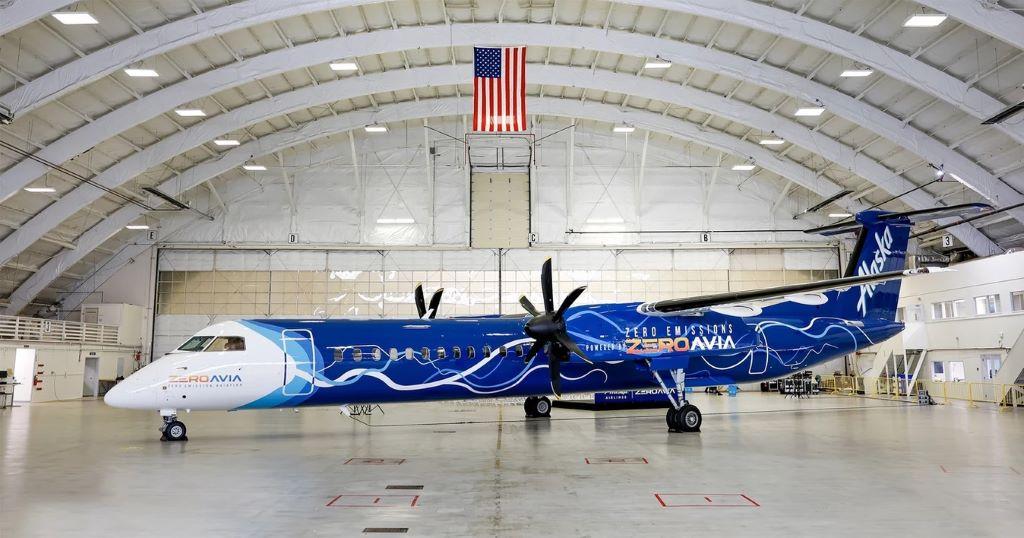
ZeroAvia, Masdar partner on hydrogen production
ZeroAvia signed a partnership agreement with Abu Dhabi-based clean energy company Masdar to explore hydrogen production and supply at key locations. The partnership will focus initially on projects in North America and Europe, while also looking at the opportunity to establish clean flight operations in the UAE. Masdar is targeting 1 million tonnes of green hydrogen production per year by 2030.
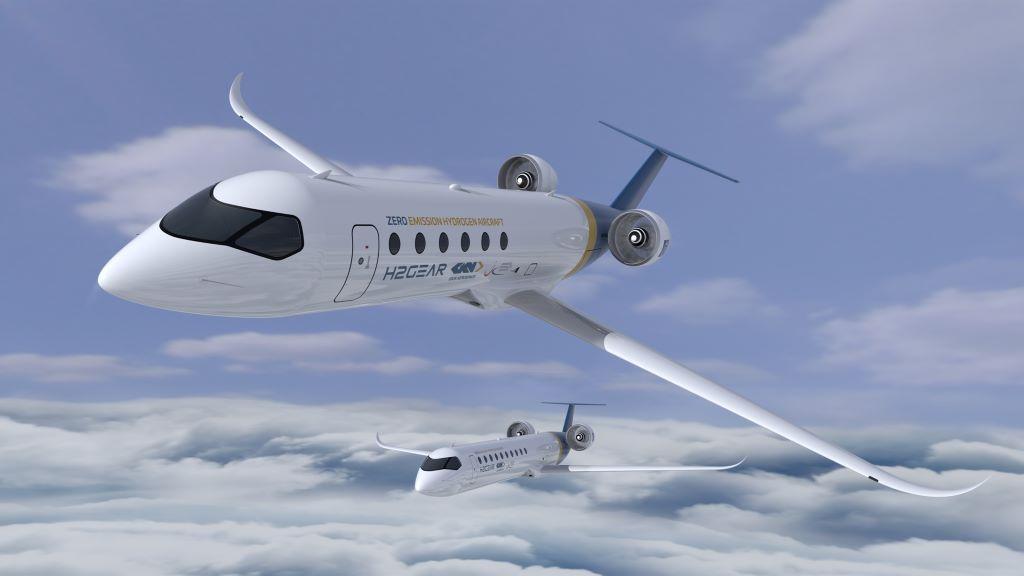
GKN to partner liquid hydrogen fuel systems
GKN Aerospace, Marshall and Parker Aerospace signed an MOU to partner on development of a liquid hydrogen fuel system for future zero-emission aircraft. The goal is to support both hydrogen-electric and hydrogen-combustion propulsion systems. Under the UK government-supported H2Gear program, GKN is already leading development of a liquid-hydrogen fuel-cell propulsion system for sub-regional aircraft, with ground testing planned for 2025.
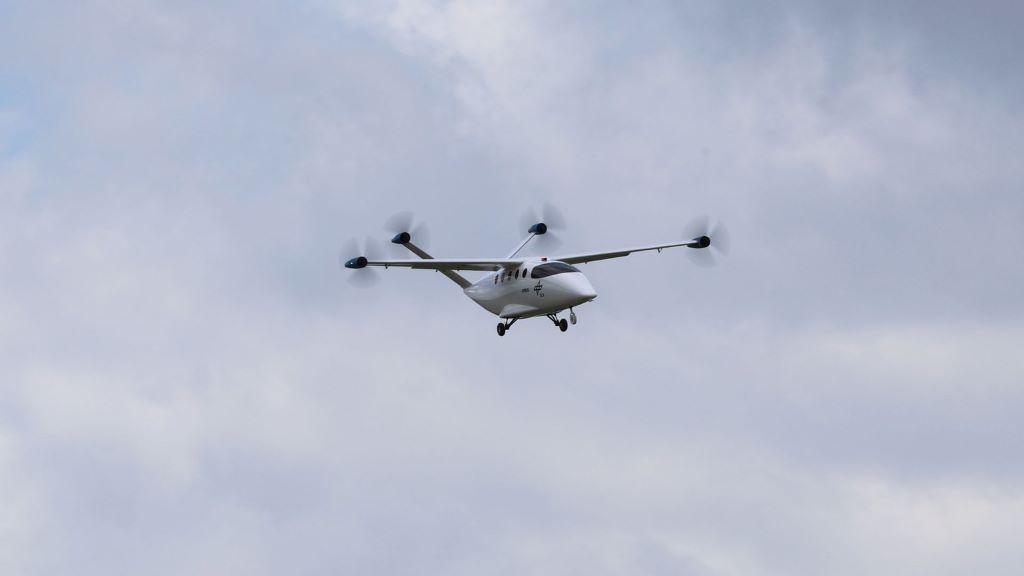
DLR flies HyBird hybrid-electric demonstrator
German aerospace center DLR has flown a subscale demonstrator of the HyBird concept for a small hybrid-electric regional aircraft. The quarter-scale, 25-kg (55-lb.) remotely piloted model was flown from DLR’s unmanned aircraft systems test center in Cochsedt, Germany. Designed to fly 5-9 passengers 700-1,000 km (435-620 mi.), the HyBird concept has four propellers, with two mounted on the tips of the high-mounted wing and two on the tips of the V-tail. By operating within the wingtip vortices, tip-mounted propellers can reduce induced drag. The hybrid propulsion system uses two gas turbines for power generation. This allows one of the turbine engines to be shut down in cruise to reduce energy consumption. At cruise speed, fuel consumption could be as low per passenger-kilometer as an electric vehicle, DLR says.

American, Google cooperation tests contrails
American Airlines has cooperated with Google Research and Breakthrough Energy to test whether atmospheric zones likely to create contrails can be identified and avoided by adjusting flight paths.
A small group of American pilots flew 70 operations over six months using the artificial-intelligence (AI)-based predictions to make small modifications to flight paths that were projected to create contrails. The cruise altitude changes required to avoid humid regions were similar to those already routinely made by pilots to avoid turbulence. After the test flights, Google Research analyzed satellite imagery and found contrail formation was reduced by 54%, measured by distance, where pilots used the predictions to avoid creating a contrail.
The study was part of a growing effort to understand and mitigate the effect of contrail formation, with a 2022 Intergovernmental Panel on Climate Change report suggesting aircraft-induced cloudiness could account for 35% of aviation’s impact on global warming.
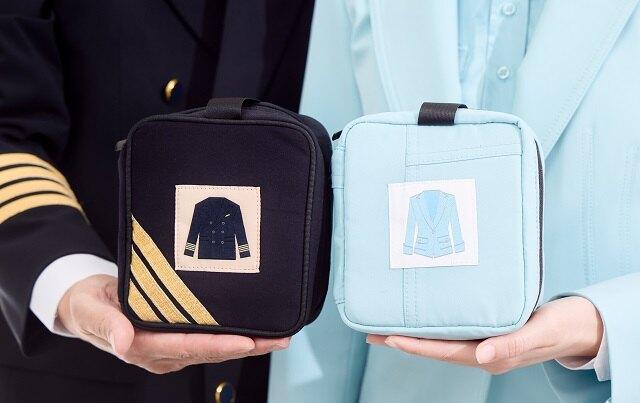
Korean Air upcycles uniforms
Korean Air created and donated 500 first aid pouches upcycled from used pilot and cabin crew uniforms to Seoul Gangseo Senior Welfare Center and Incheon Yongyu Elementary School. The first aid kits (pictured) consisted of essential medicine funded by donations from the airline’s employees.
While crew uniforms returned after their life cycle are usually discarded, these uniforms have been given a second life as an upcycled first aid pouch donated to the local community.
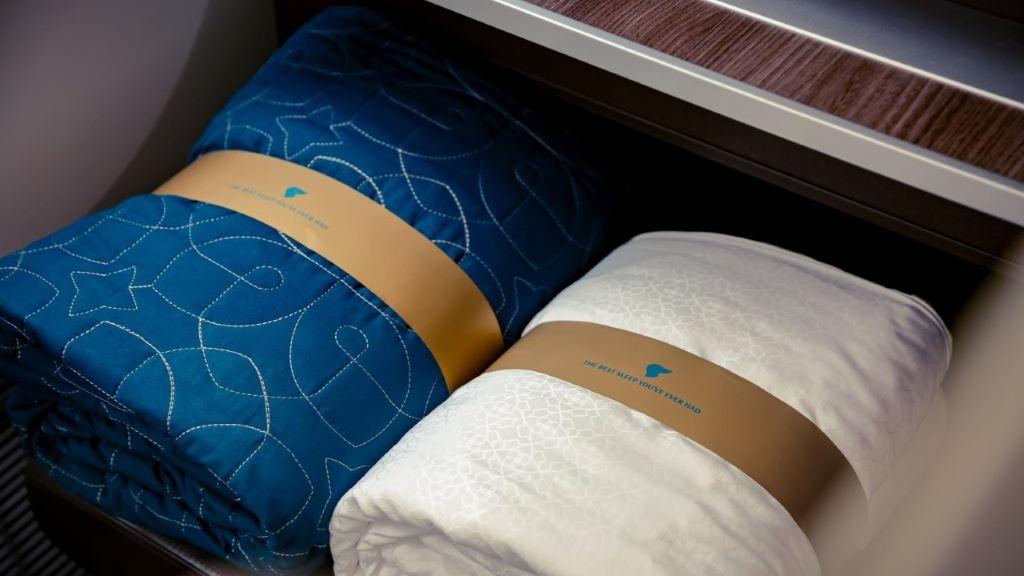
Oman Air uses eco-friendlier paper bands
Oman Air has replaced the plastic used to wrap blankets and mattresses in its premium cabins with an eco-friendlier, paper-based alternative that includes a slim, branded paper band. The airline said the initiative will result in the reduction of up to 21.6 tons of plastic per year.
Sustainability initiatives within the aviation industry continue to advance as new projects move forward sustainable aviation fuel (SAF) and hydrogen-electric development.
